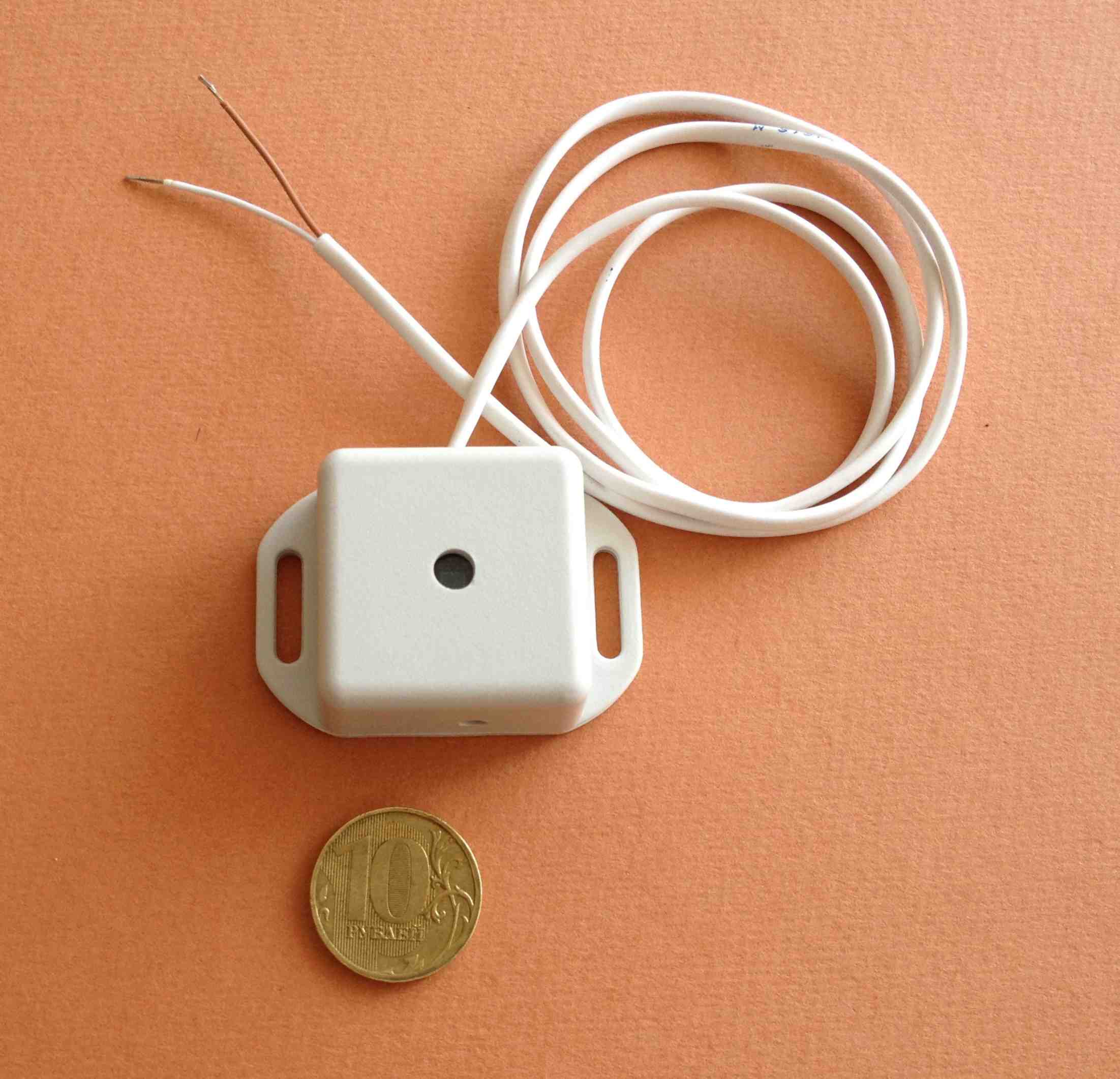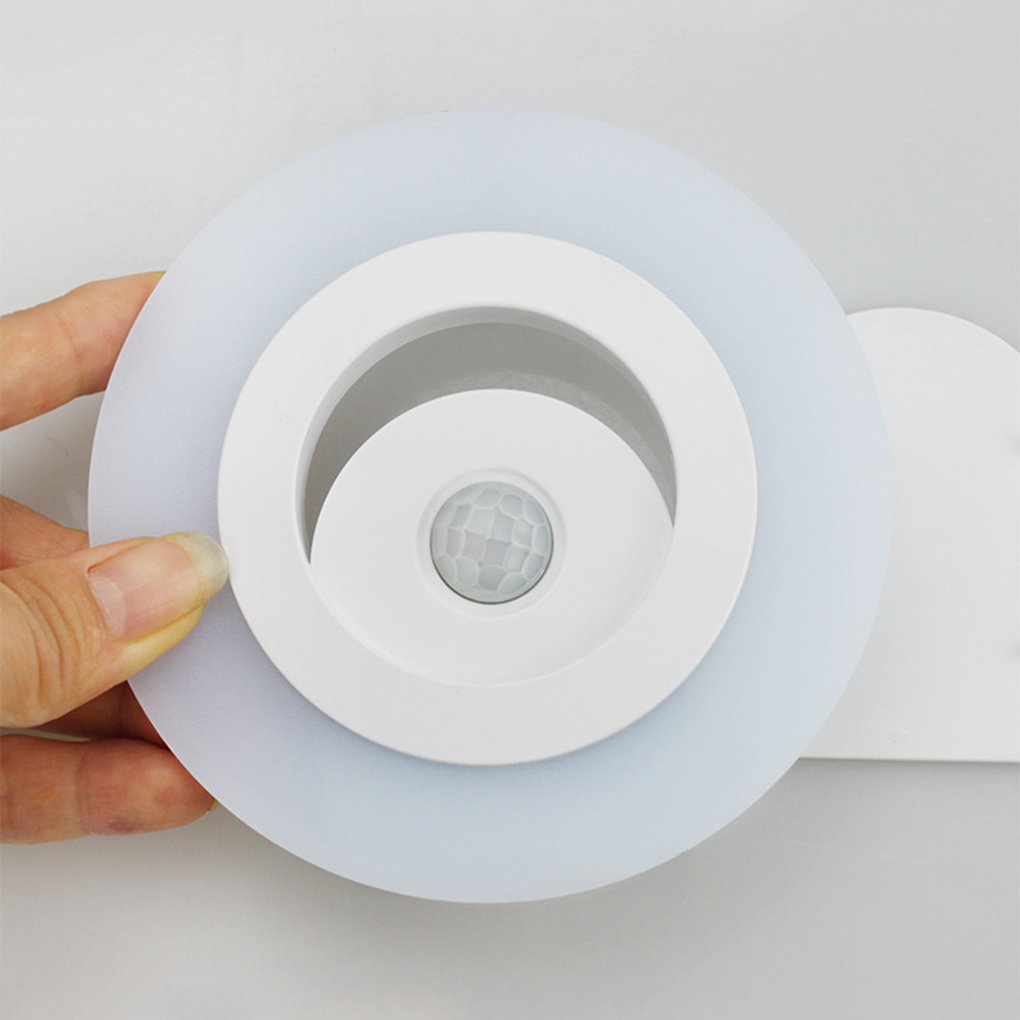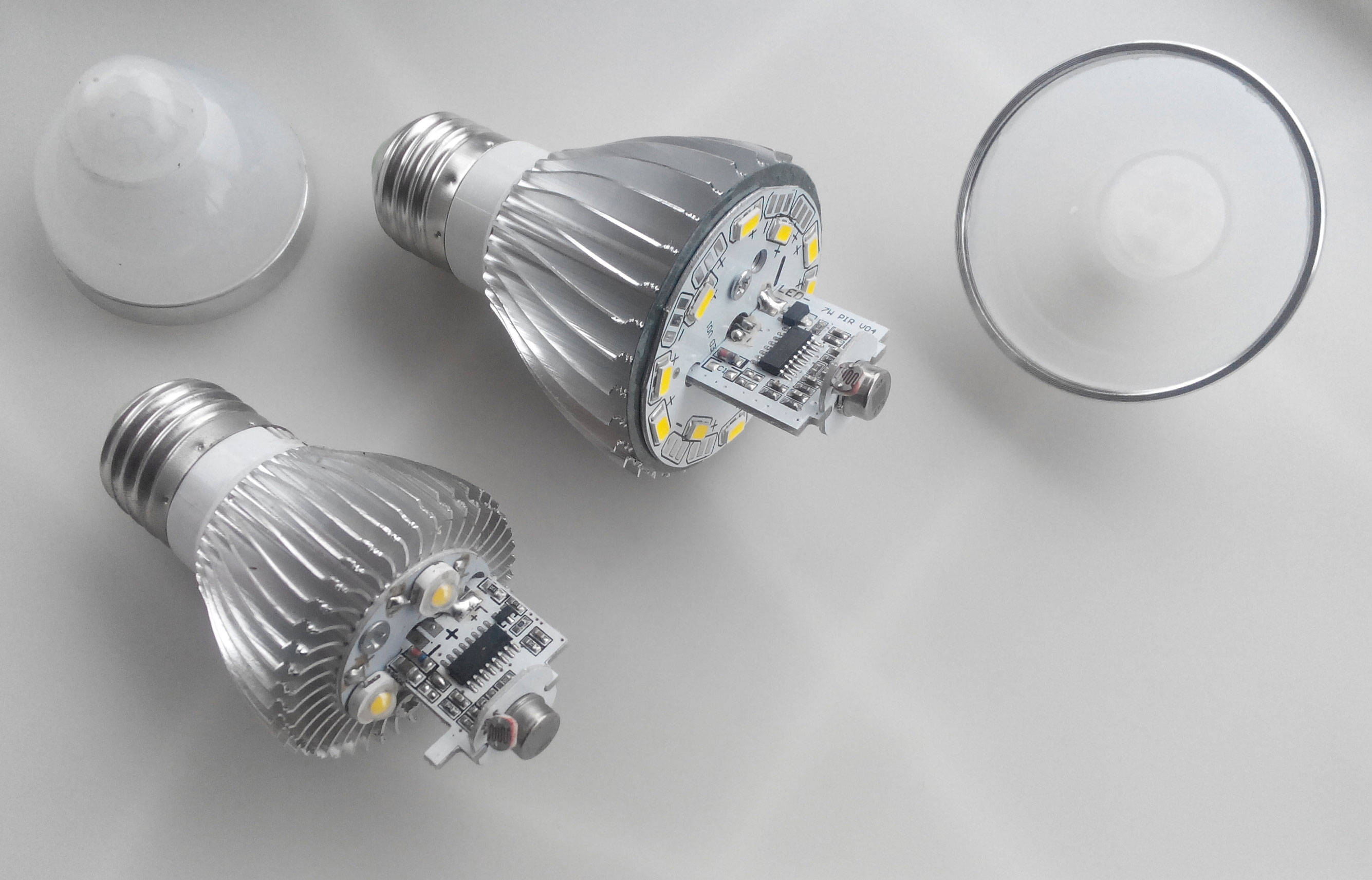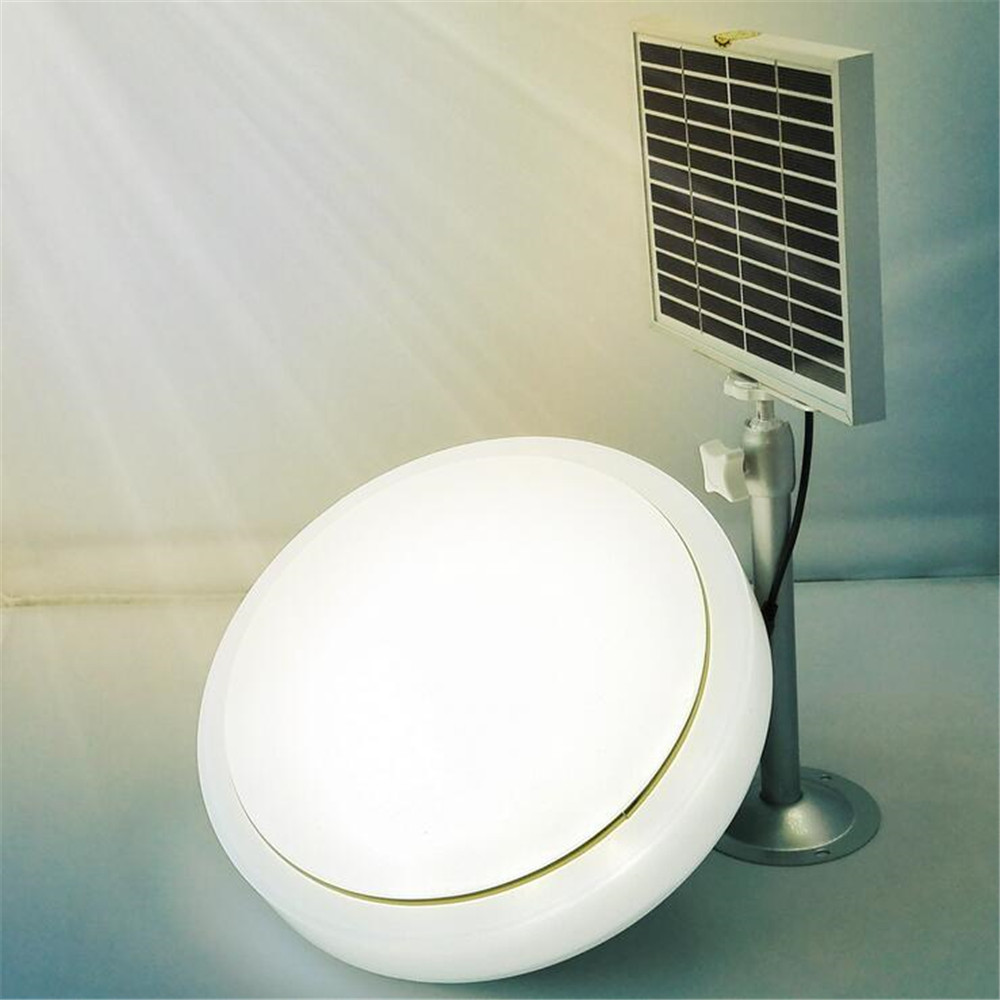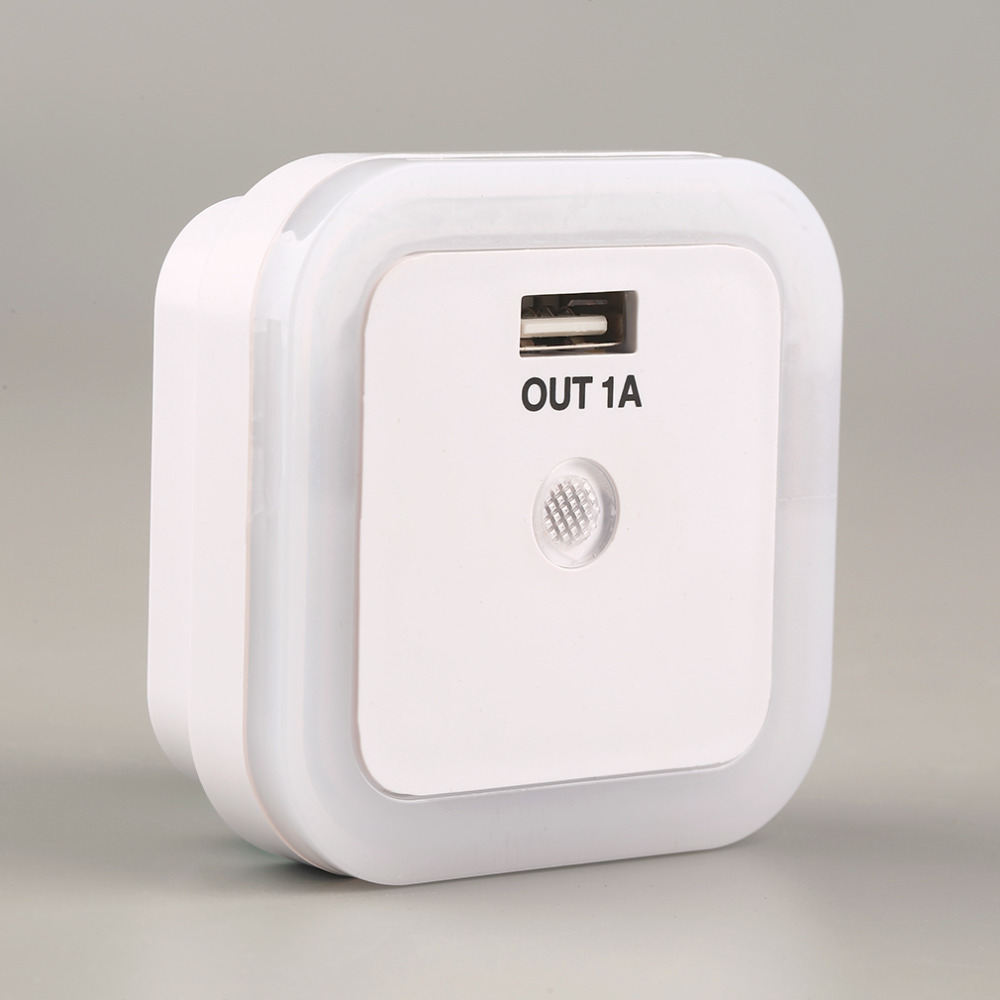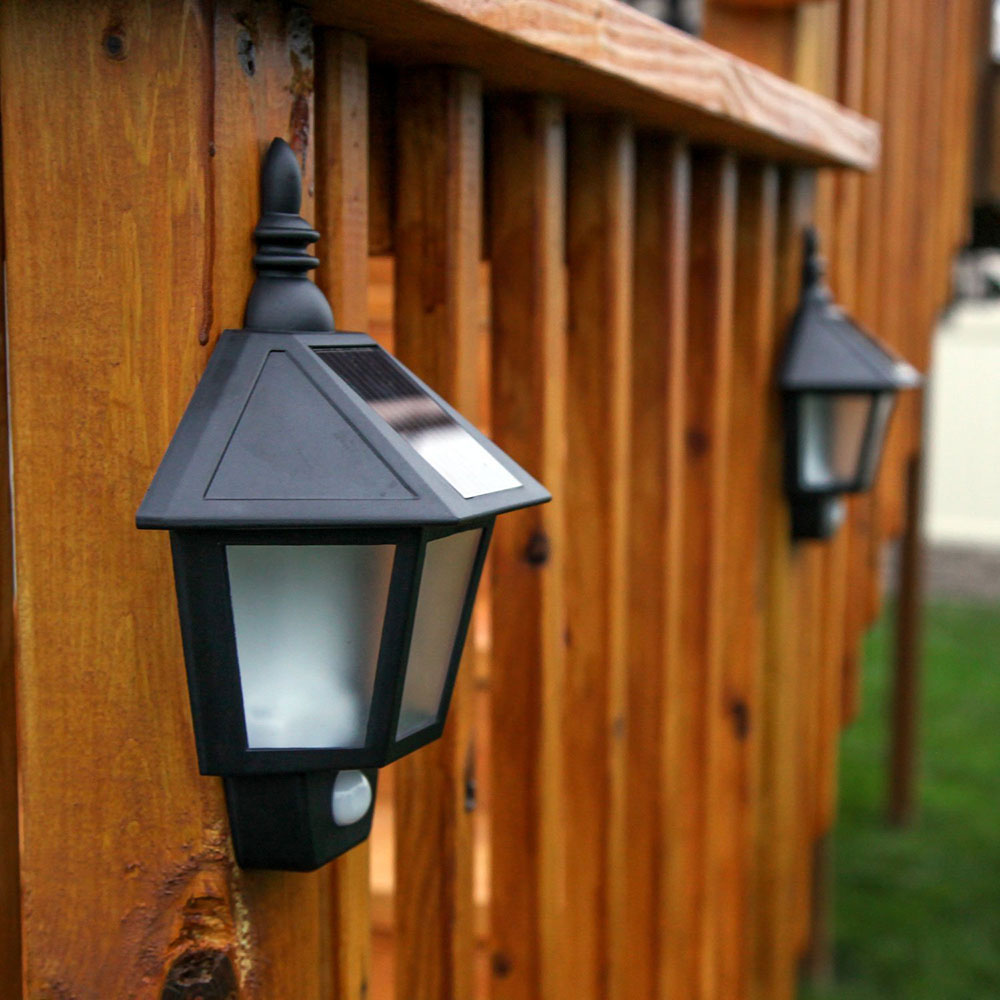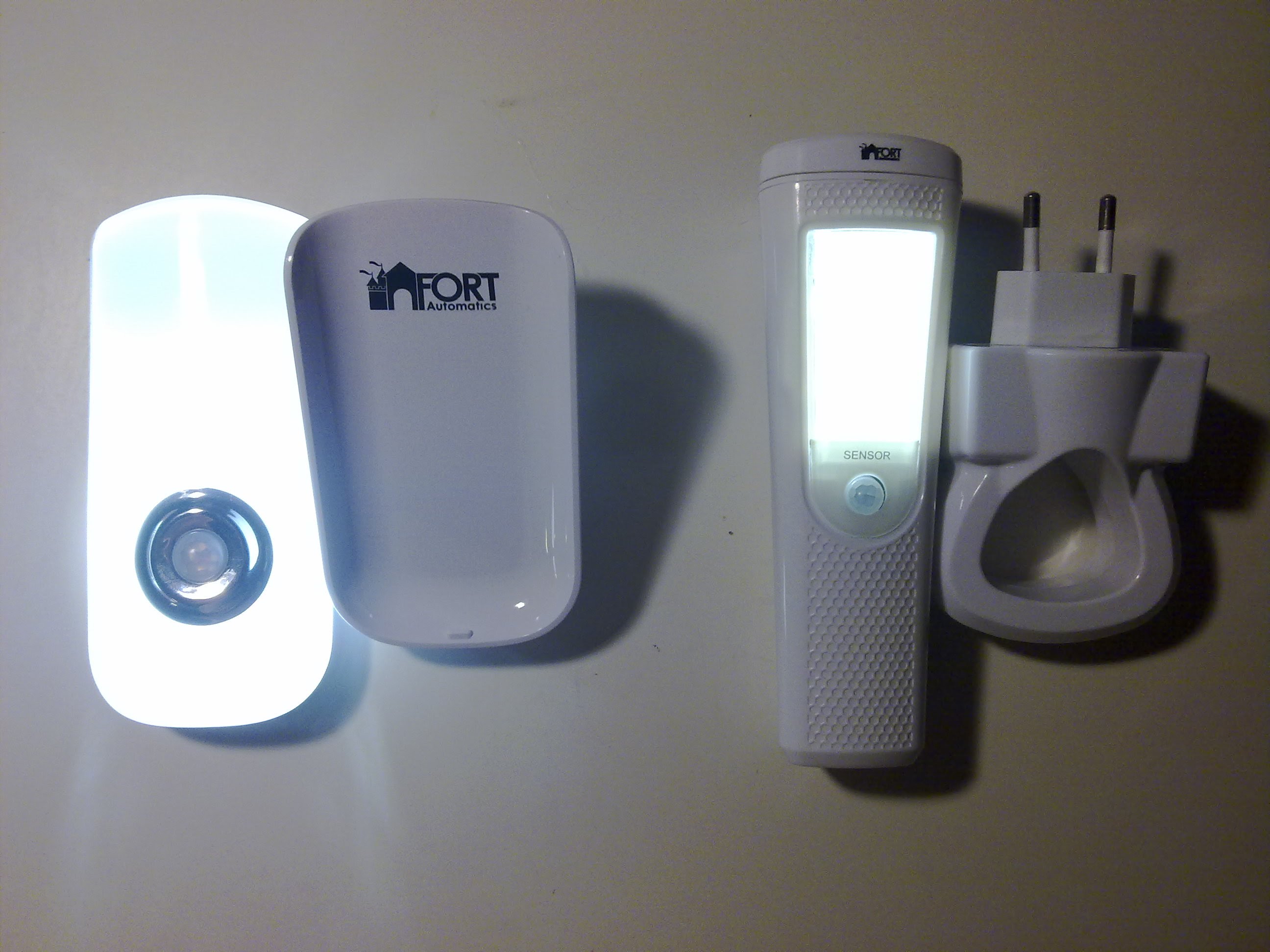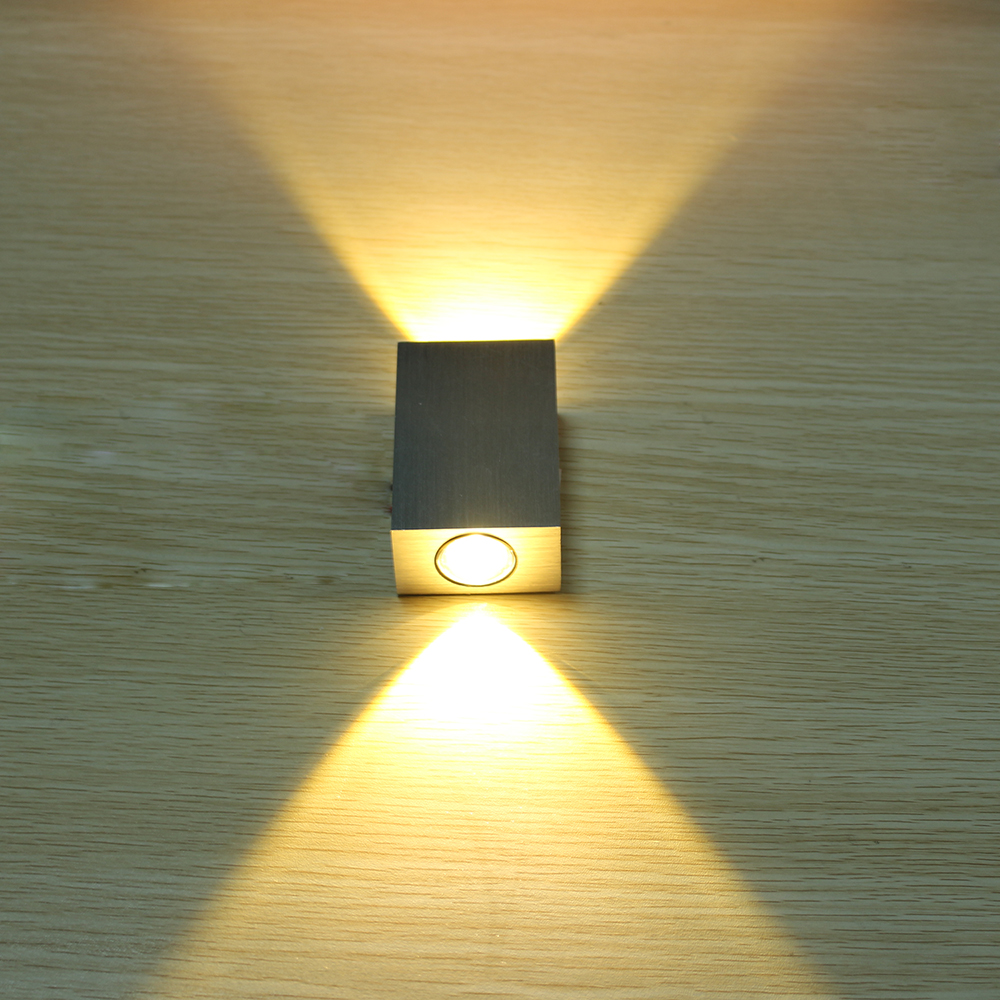Light sensor: how to save electricity and increase safety
Content
Surely each of us had to look for a switch in a dark room on the wall. Well, if the floor is flat, and the switch is equipped with a backlight. But what about a long dark room or stairs? Bring a flashlight or leave emergency lighting on? But there are more modern and elegant solutions that do not require additional energy costs and allow you to turn on the light only when necessary. One such solution is a light sensor.
What is a light sensor?
A light sensor or a motion sensor for turning on the light is a device that automatically turns on the light when motion is detected in the illuminated area. In addition to turning on the electricity, the device can be programmed for any other action, for example, turning on a siren, ventilation, heating or air conditioning, recording a video camera, sending out notifications. The presence sensor for turning on the light has a higher sensitivity. Such devices are widely used in basements, garages, corridors, on stairs, in porches, on the porch of a house. In a word, in those places where people are often, but not for long. They are irreplaceable in security alarms.
The principle of operation and types of motion sensors
The operation of the sensor is based on the analysis of the waves that it picks up from the coverage area. Moreover, the sensor itself can also send waves. By this principle, the sensors can be divided into:
- active, which emit a signal and register reflected (consist of a radiator and a receiver);
- passive ones that pick up the object’s own radiation and do not have an emitter.
Active sensors have a higher cost.
According to the type of emitted waves, the sensors are divided into:
- infrared;
- photovoltaic;
- microwave;
- ultrasound
- tomographic (based on radio waves).
To avoid false alarms, some devices are equipped with two types of sensors, for example, infrared and ultrasound. Such sensors are called combined. However, such a sensor has lower sensitivity and may not work if necessary. To get the best result, you need to select the type of sensor you need and configure it correctly. Consider the most common types of sensors.
Ultrasonic motion sensors
Ultrasonic sensors are active: the emitter emits waves with a frequency of from 20 to 60 kHz, the receiver registers the parameters of the reflected waves. When a moving object appears in the range of the device, these parameters change and the sensor is triggered. Ultrasonic sensors have many advantages:
- inexpensive;
- do not depend on air temperature, are not afraid of moisture and dust;
- work regardless of the material of which the moving object is made.
There are some disadvantages of ultrasonic sensors:
- adversely affect some pets;
- act a short distance;
- may not work if the object moves slowly and smoothly.
Due to these features, ultrasonic sensors are widely used in automatic parking systems for cars and blind spots control.In homes, they are comfortable in long corridors and on stairs.
Infrared motion sensors
Infrared sensors detect changes in the thermal radiation of surrounding objects. They can be both active and passive.
Passive sensors pick up thermal radiation from an object using optical instruments (lenses or concave mirrors) and convert light energy into electrical energy. The device is triggered when the converted voltage exceeds a predetermined threshold.
Active sensors have an emitter that generates infrared waves. The device is triggered at the moment when a moving object blocks the reflected waves.
The sensitivity of IR sensors directly depends on the number of lenses in the device and their total area.
Disadvantages of infrared sensors:
- erroneous responses to warm air from batteries and air conditioners are possible;
- low accuracy of work on the street due to rain or sunlight;
- do not respond to objects that do not transmit infrared radiation;
- work in a small temperature range.
Advantages of infrared sensors:
- safe for human and domestic animals;
- convenient for use on the street, as they only work on objects that have their own temperature;
- they can be adjusted according to the range and angle of detection of moving objects;
- have a low cost.
Sensors of this type are most often installed to automatically turn on the light in common areas: corridors, toilets, stairs, since they only respond to the appearance of a person.
Microwave motion sensors
Sensors of this type are active, the emitter emits electromagnetic waves with a frequency of 5.8 GHz. Due to the minimum wavelength, the device is characterized by high sensitivity and accuracy.
For microwave waves, there are no barriers in the form of walls or furniture. This should be considered when designing. Microwave sensors are most often installed in non-residential premises requiring enhanced protection, for example, in museums, bank vaults, weapons storage areas or important documents. In an apartment or a private house, a microwave sensor is appropriate to install in a separate non-residential premises, which requires protection.
The main parameters of motion sensors
- Bipolar or tripolar. Simple bipolar sensors can only be connected in series to incandescent lamps, and fixtures of any kind are connected to three-pole ones.
- The working area or range is usually 3 to 12 meters.
- The magnitude of the angle of detection in the horizontal plane in different models ranges from 60 to 360 degrees. In the vertical plane, the detection angle is less than 15-20 degrees.
- Rated power connected to the sensor. If the total load exceeds the power of the sensor, you need to put an intermediate relay or increase the number of sensors.
- The sensor off delay is programmed so that a person has time to go through the entire illuminated area, even when leaving the range of the device. The time is set from 5 seconds to 10-12 minutes.
Sensor Connection Methods
Connecting a luminaire with a built-in light sensor is not difficult at all, and with a new device usually comes instructions for connecting. Each device has a terminal consisting of three terminals:
- L - phase input, a red or brown wire is connected to it. To avoid errors, you need to check the presence of phase screwdriver indicator;
- N - zero input for connecting the blue wire. The lack of phase is also checked with a screwdriver indicator. Using a multimeter, you must check the voltage between zero and phase;
- A - connection of the lamp. It can also be referred to as “L →”, or simply “→”. When connecting the lamps, check their total power and compare with the permitted power of the sensor.
On some devices, there is a PE terminal for protective earth. This terminal must not be confused with the zero input.
Sometimes a situation requires manual turning off the light if a person from time to time disappears from the working area of the sensor. In this case, the switch is mounted parallel to the sensor. After turning off the light manually, the sensor again turns on the light, reacting to movement, and turns it off after a delay time. In the case when one sensor cannot cover the entire zone, it is divided into several small zones, each with its own sensor. Devices are connected to each other in parallel, and the lamps to one sensor.
Motion sensor for connecting light on the street
In some cases, it is necessary to automatically turn on and off the light when the street light changes. In this case, streetlights can be equipped with day-night sensor sensors. They consist of a photosensor and a starting electronic unit. They operate according to the following principle:
- When the intensity of the light incident on the sensor sensor (photodiode, resistor) changes, the resistance of the photocell changes.
- The signal from the photocell enters the starting electronic unit.
- The launcher unit fires by turning the flashlight on or off.
The photo relay can be replaced by a technical innovation - the astrotimer. It differs from the photo relay by the presence of a built-in GPS-receiver. When connecting, you need to set the time and date once on it, the astrotimer will determine for himself the time of the year and season. Using information from satellites for your region, the device will automatically adjust to the time when it begins to darken or dawn sets in. The astrotimer does not have false positives, as it is not affected by the weather, its location or interruptions in electricity.
In an apartment or in a house, light sensors with a timer are set for frequent and long departures to maintain the effect of presence. For such cases, they are programmed to randomly turn on and off, simulating the presence of people in the house during the day or evening.
A light or motion sensor is an indispensable device that allows you to solve three problems at once: increase your own safety, increase comfort and at the same time significantly save electricity. Properly selected device with proper installation will also save your time that you would spend searching for a switch, keys in a bag or steps in a dark entrance.
